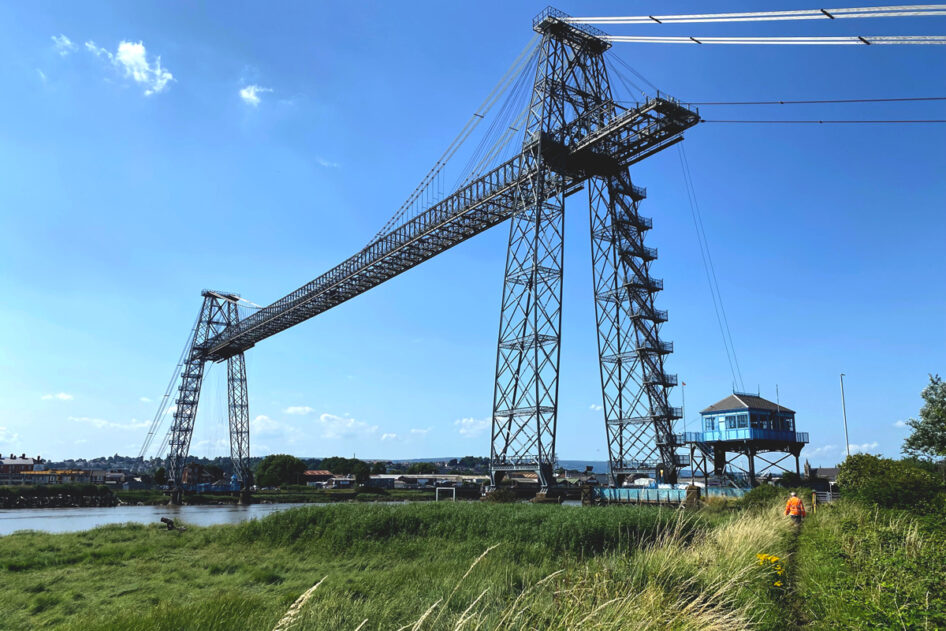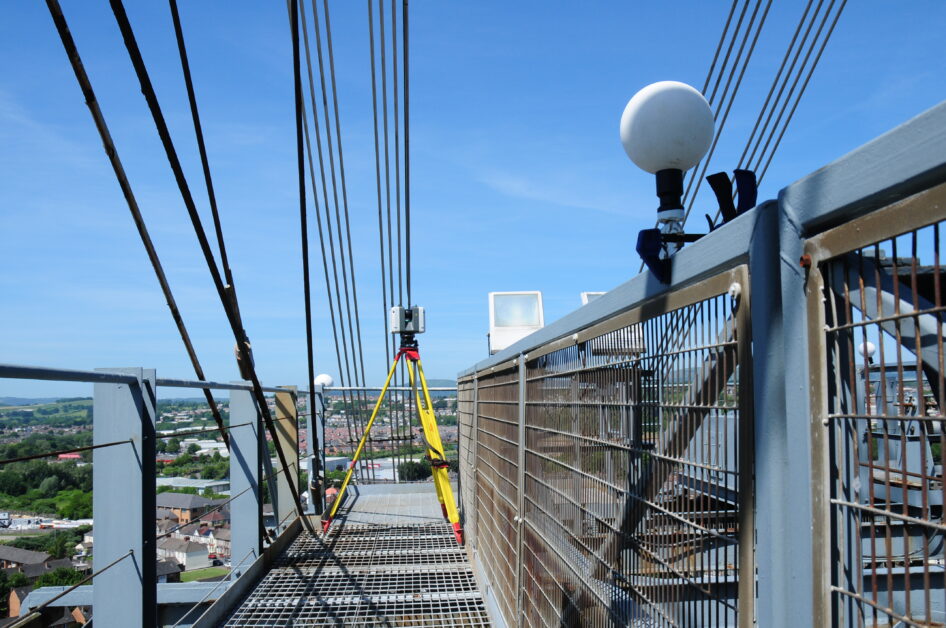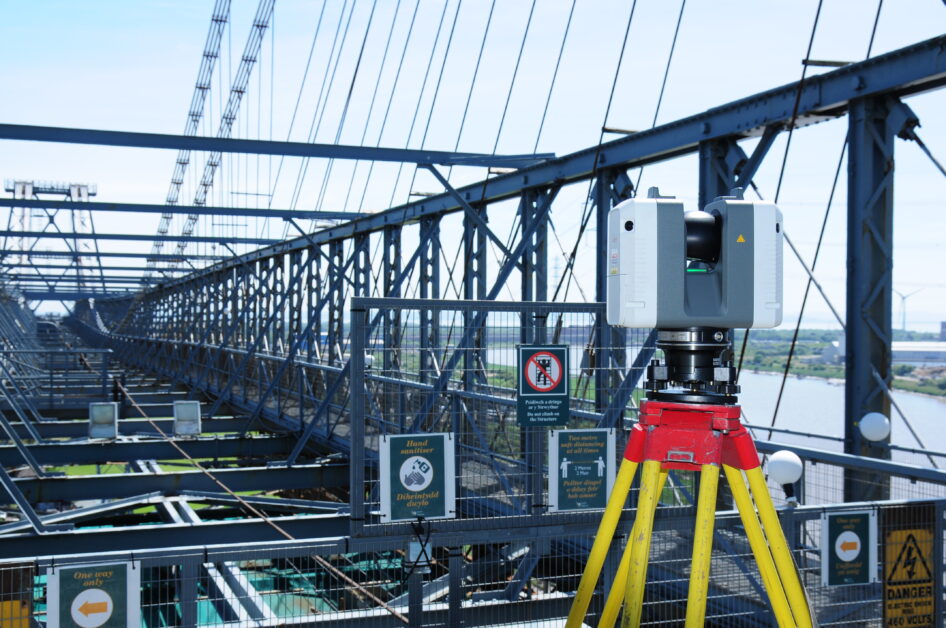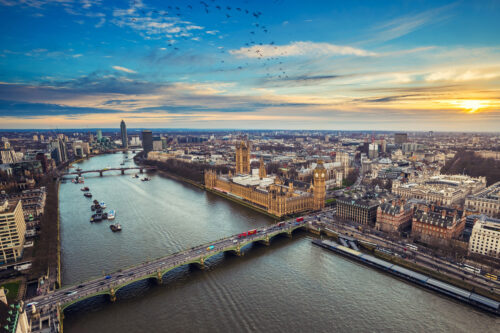
Newport Transporter Bridge
The Challenge
Newport Transporter Bridge is considered an iconic symbol of the city and crosses the River Usk at its lowest crossing point.
Only a few dozen transporter bridges were ever built worldwide, and Newport’s is one of only two built in Britain. It opened in 1906 and is now a grade I listed structure.
In early 2021 it was announced that the bridge would undergo a major renovation, including the development of a new visitor centre. The multi-million-pound project is funded by the Welsh Government, Newport City Council and the National Heritage Lottery Fund.
How the transporter bridge works
The Newport Transporter bridge has two towers located on each bank – around 74m high with a span between the tower centres of just over 196m. The main girder truss, or boom, is suspended from cables between the towers and is 50m high above the road level, with an overall length of 236m.
A gondola hanging on cables from a traveller moves along the boom transporting vehicles and pedestrians from one side of the river to the other.


Our solution
We were commissioned to carry out a monitoring survey of the bridge to determine the amount of deflection of the structure as the gondola travels across the boom.
L-Bar prisms were attached to 26 key locations on the towers and boom using clamps.
These were observed from control stations located strategically on the west bank so as to be able to see all the prisms from one set-up on each side of the bridge. The west bank was chosen due to the alignment of the river which bends at the bridge location and hence enabled more favourable angles of sight. The control points were co-ordinated to OS national grid using GNSS observations combined with total station observations and digital levelling to give a rigorous solution.
The gondola was moved and held at five different locations along the boom whilst each of the prisms was observed multiple times on two faces using total stations set up on control points to the north and south of the bridge.
The results were processed and compiled into an Excel spreadsheet for analysis by the client.
In addition to this work a survey was also carried out to determine in more detail the profile of the boom with the gondola at three locations.
Defined points were surveyed at approximately 8-metre intervals on both sides of the bridge, along the entire length of the boom, with the gondola held on the east side, centre and west side. Similarly, the results were processed and compiled into an Excel spreadsheet.














